Gateway of India (mumbai) | photos, History, Architectur
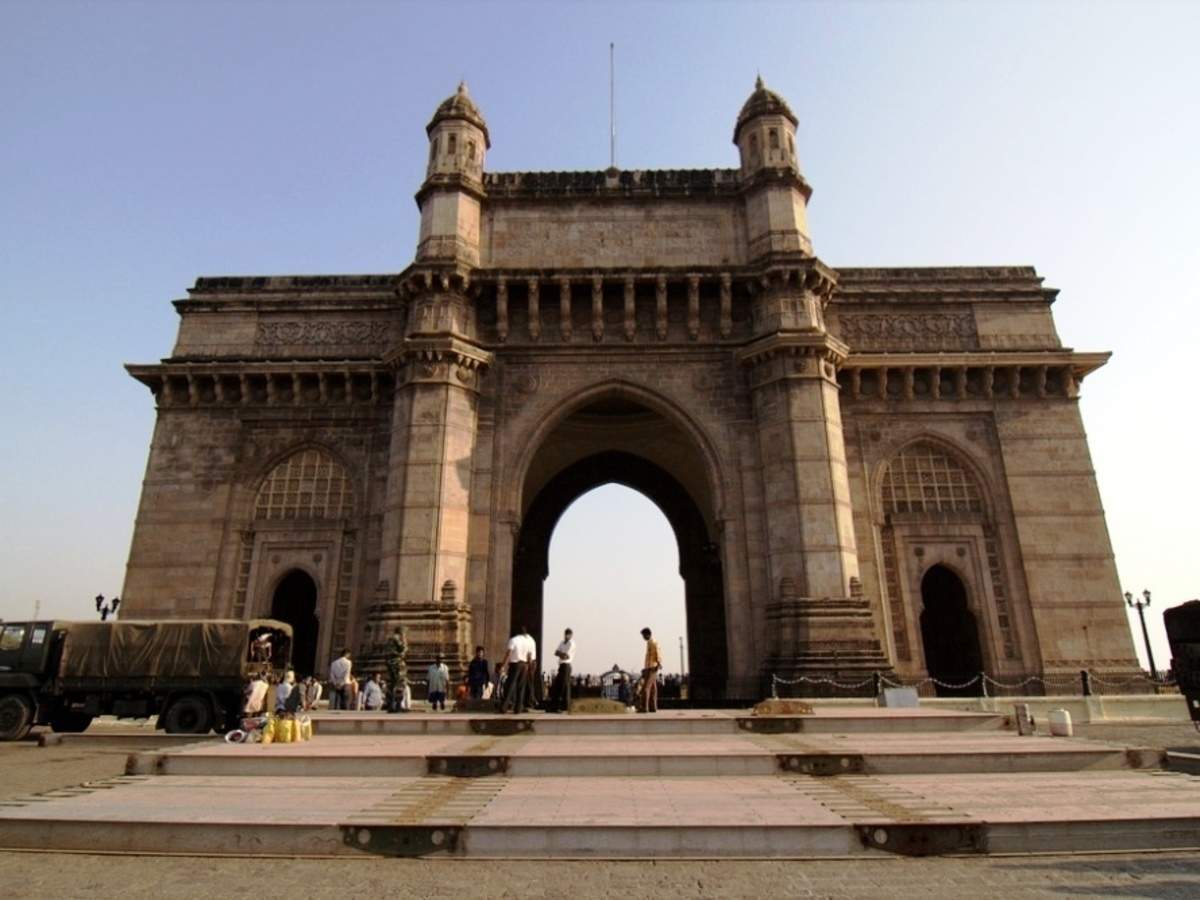
A tribute to Mumbai's rich history and architectural magnificence, the Gateway of India is a colossal arch that looms over the Arabian Sea. Situated in the center of South Mumbai, this magnificent building has witnessed India's journey from colonial rule to independence and back again, as well as the colorful tapestry of the country's current history.
Historical Relevance
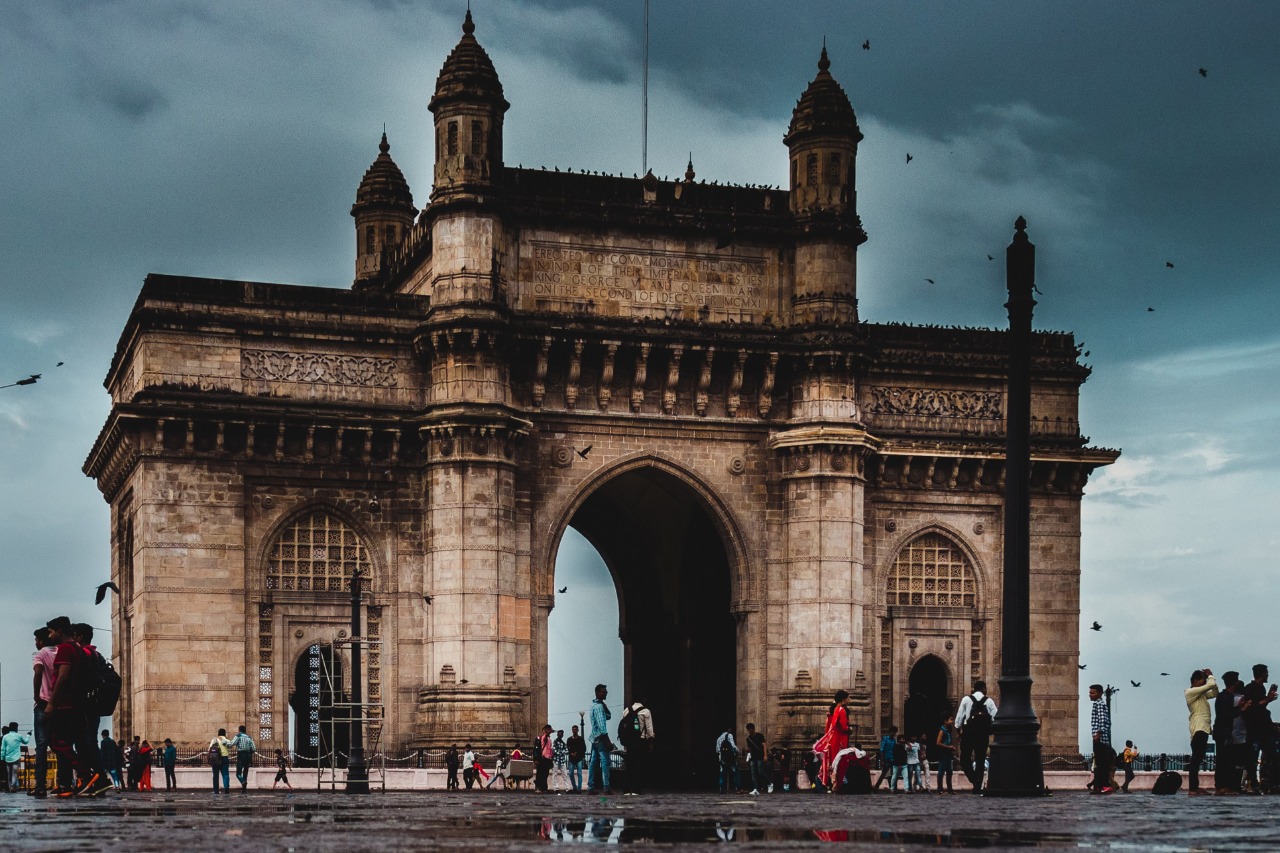
In 1911, the Gateway of India construction commenced as a way to honor King George V and Queen Mary's 1911 visit to Mumbai. This Indo-Saracenic architectural wonder was designed by Scottish architect George Wittet and finished a few years after the royal visit in 1924. As the landing place for many British governors and dignitaries throughout the colonial era, it was a pivotal landmark in the history of India.
Architectural Magnificence
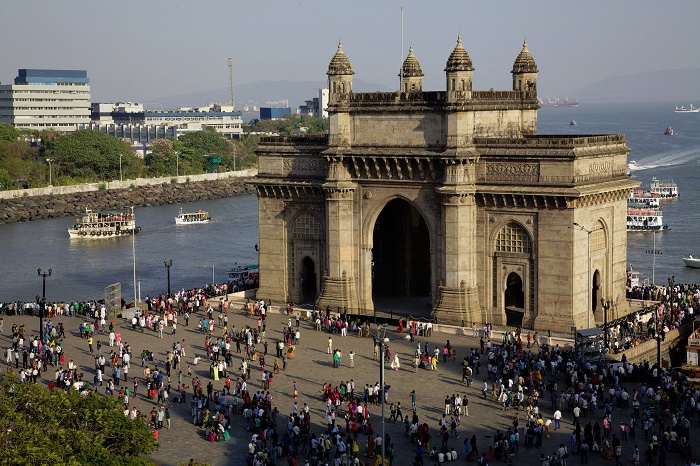
The architecture of the Gateway of India is influenced by a variety of architectural forms, including Islamic and Hindu components, which reflects the richness of Indian culture. The grand arch is a magnificent example of a fusion of traditional and modern architectural design, built with reinforced concrete and yellow basalt rock. One of the main features is the central dome, which is encircled by exquisite turrets, exquisitely carved stone jalis, and elaborate latticework.
Significant Turning Point
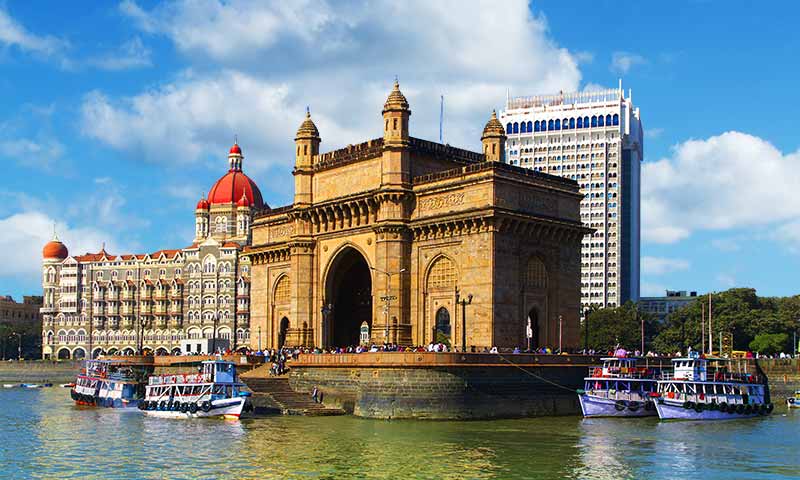
The last British troops left India in 1948, marking one of the most important historical moments connected to the Gateway of India. It signaled the end of British colonial control and the start of India's independence movement. Since then, the Gateway of India has come to represent this freedom and the tenacity of the Indian people.
Visitor Attraction

The Gateway of India is now a busy tourist destination rather than just a historical landmark. Visitors from all over the world flock to the arch to take in its magnificence, take pictures against the backdrop of the Arabian Sea, and take in the lively atmosphere. Apollo Bunder, the waterfront promenade, is a well-liked location for leisurely strolls and indulging in street cuisine.
Link to Elephanta Caves
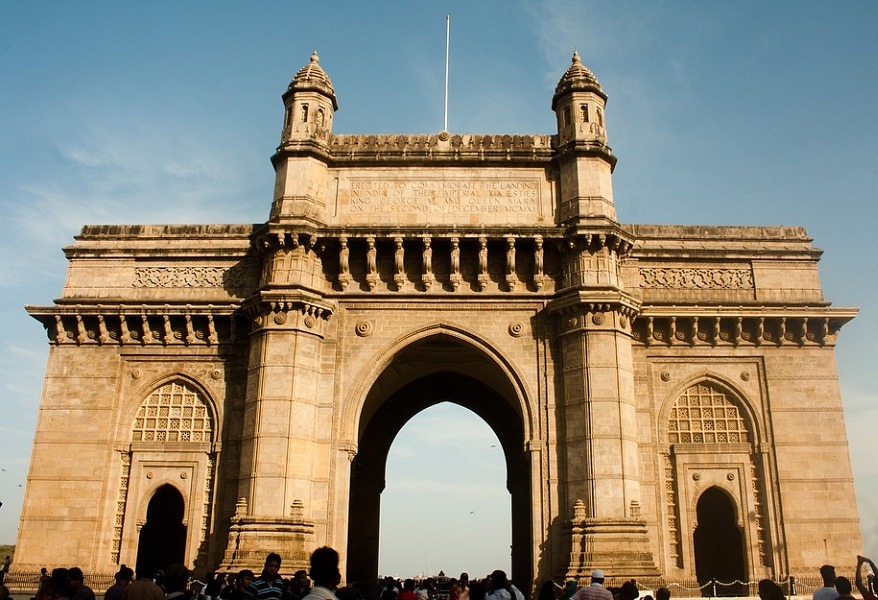
The Gateway of India's close proximity to Elephanta Island is another noteworthy feature. From the Gateway, visitors can take a short boat ride to the UNESCO World Heritage Site, Elephanta Caves. These caves are an important part of the area's cultural legacy since they contain prehistoric rock-cut temples and sculptures.
Historical Importance
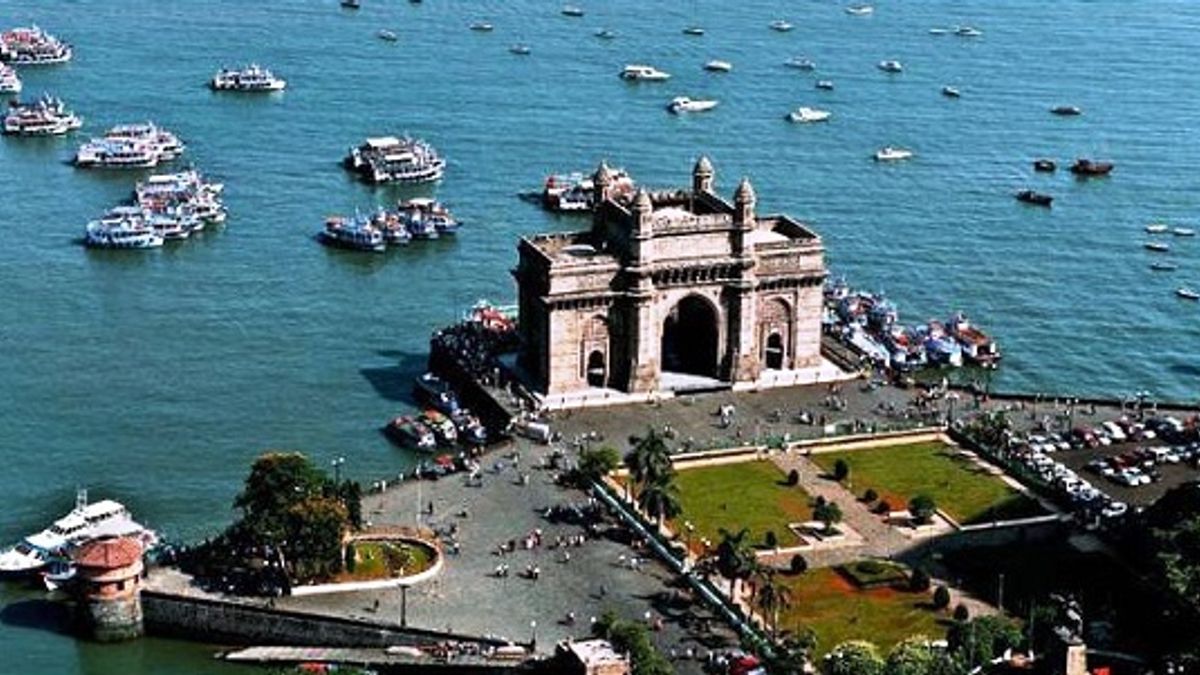
The Gateway of India serves as a hub for a variety of cultural events and festivals in addition to being a popular tourist destination. It has served as a location for art exhibits, musical concerts, and celebrations of significant local, national, and worldwide events.
Conclusion

Standing tall as a tribute to India's path from colonial rule to independence, the Gateway of India is a symbol of Mumbai's lasting spirit and a witness to the shifting tides of history. For anyone visiting the energetic city of Mumbai, it is an absolute must-visit location due to its architectural splendor and historical significance. With the Arabian Sea as a backdrop, people from all walks of life come together at this famous monument to celebrate India's potential future and to connect with its past. The Gateway of India is a live symbol of the nation's unwavering spirit, not merely an arch.
Post a Comment